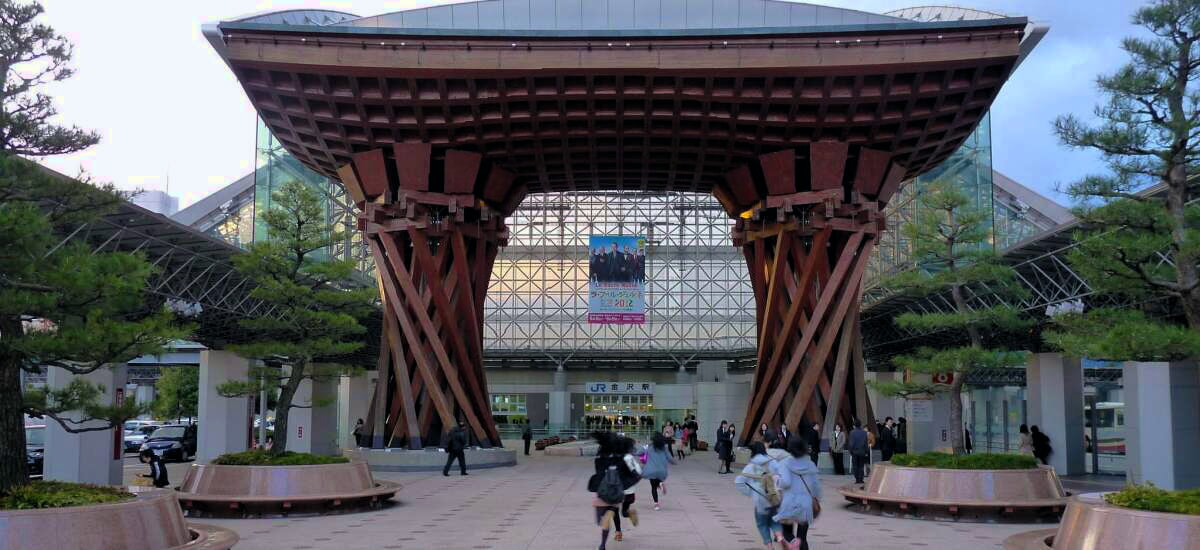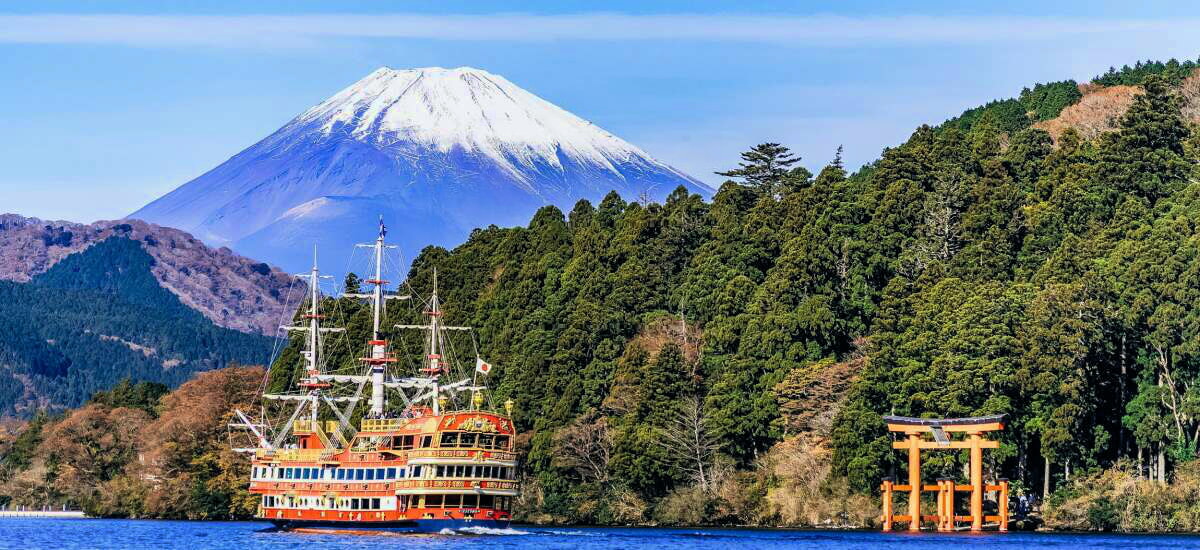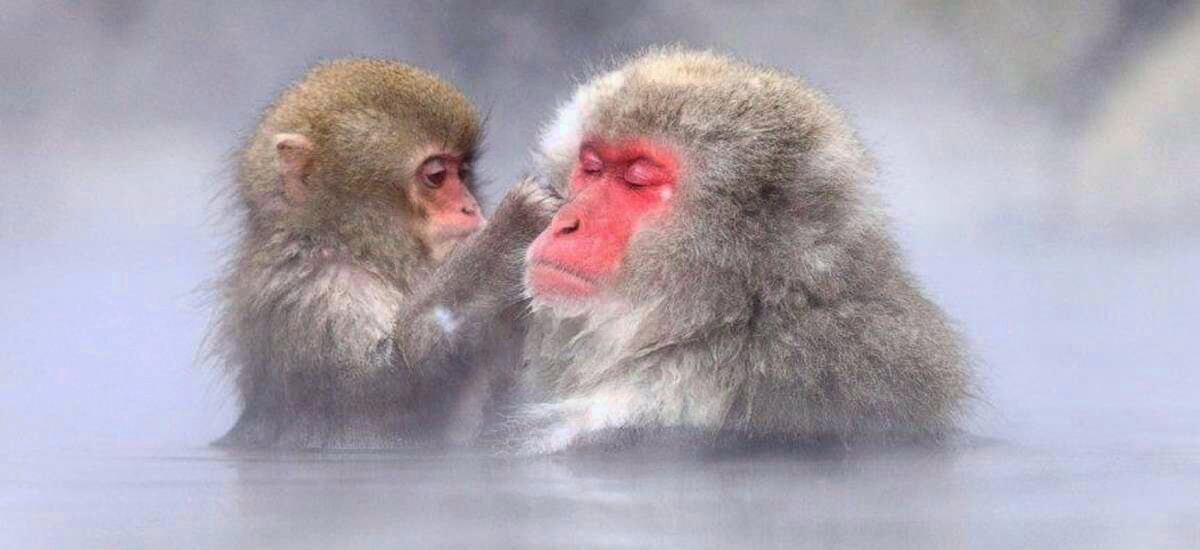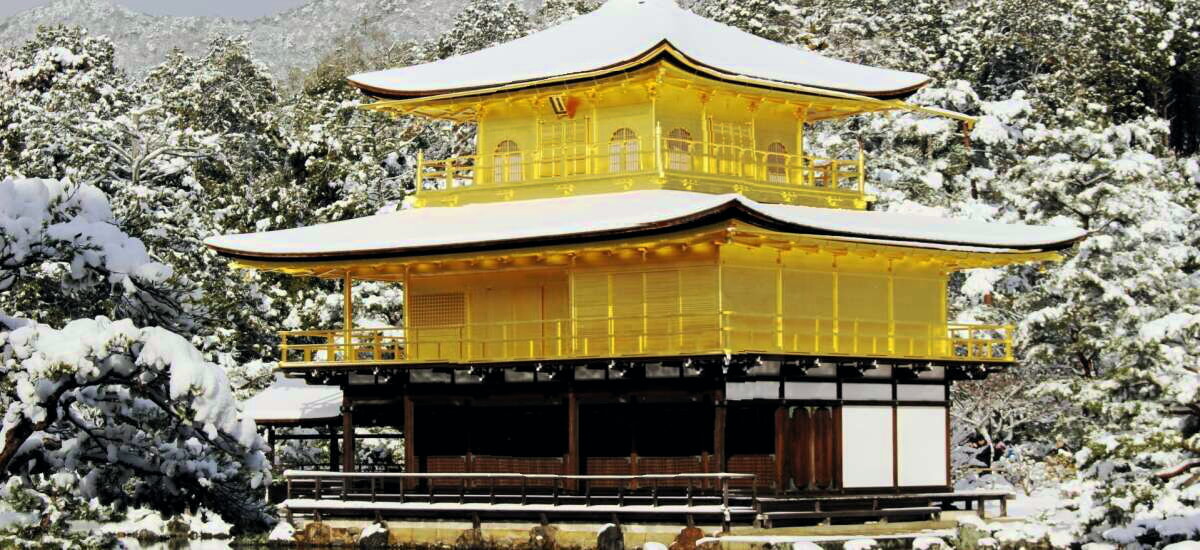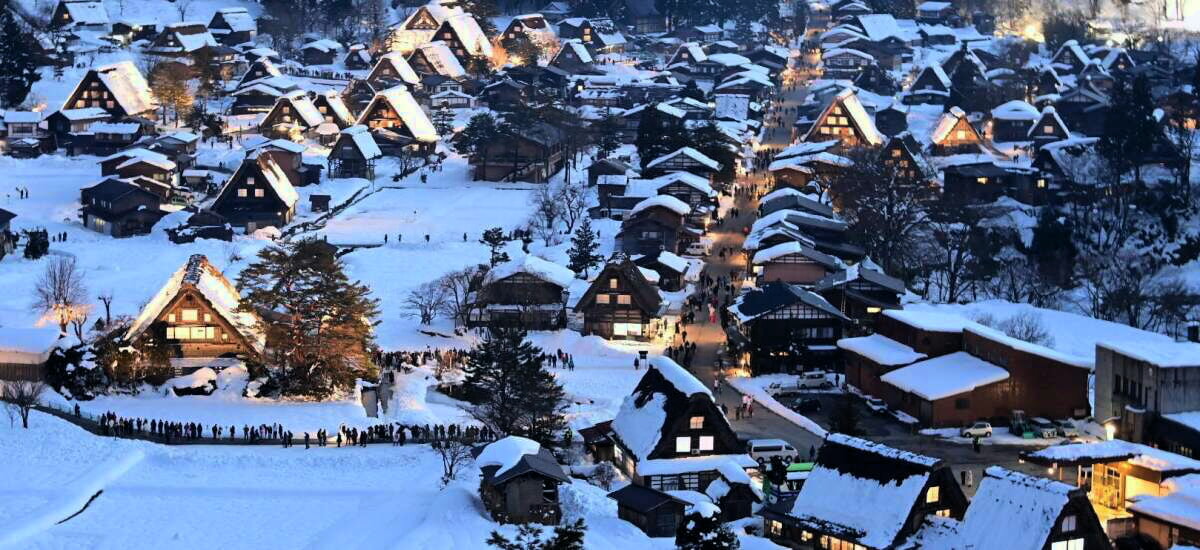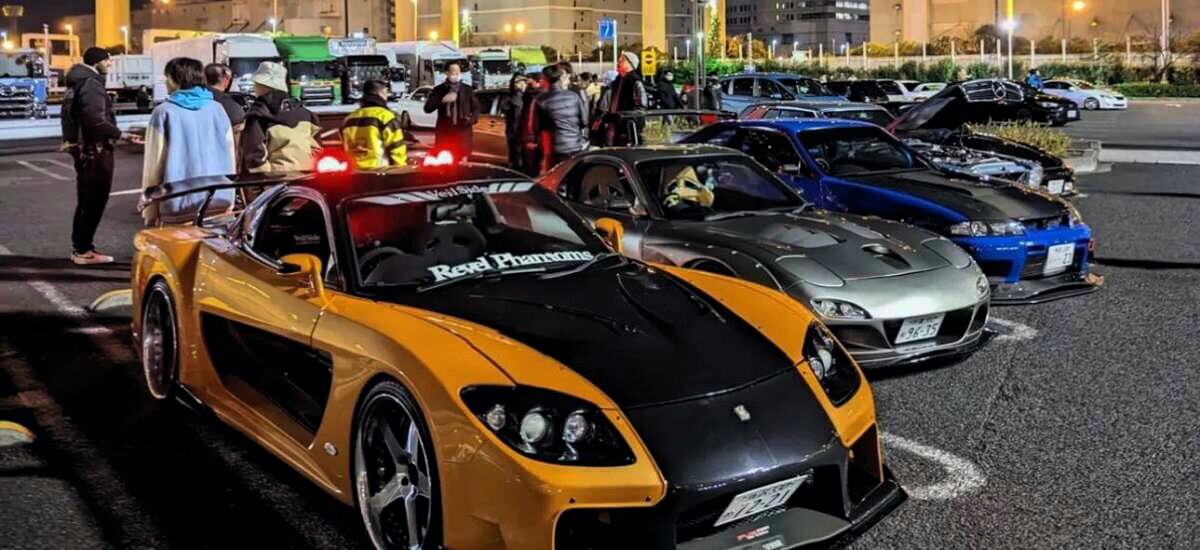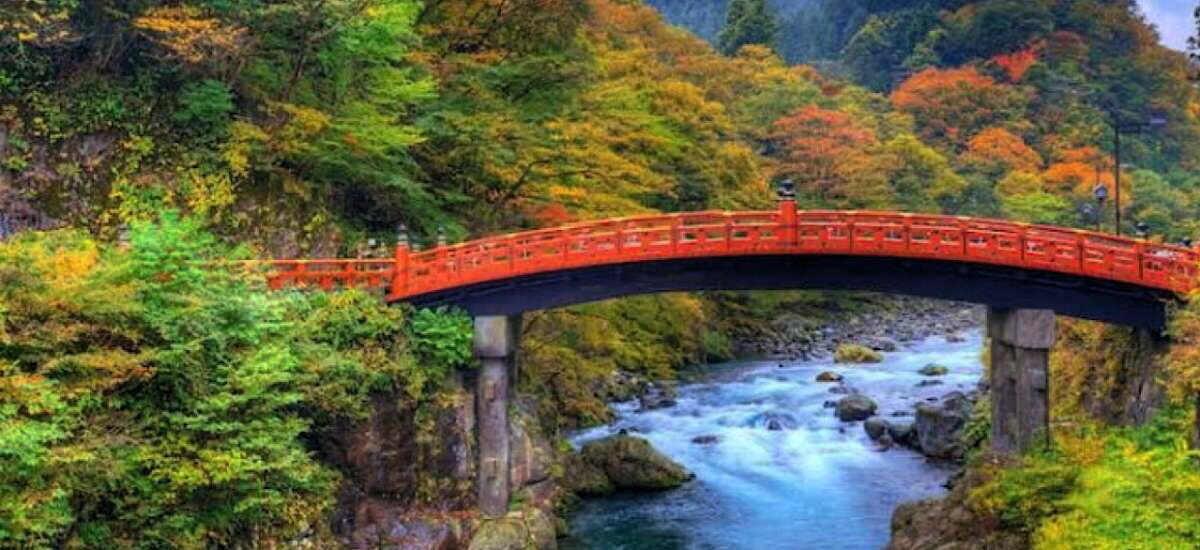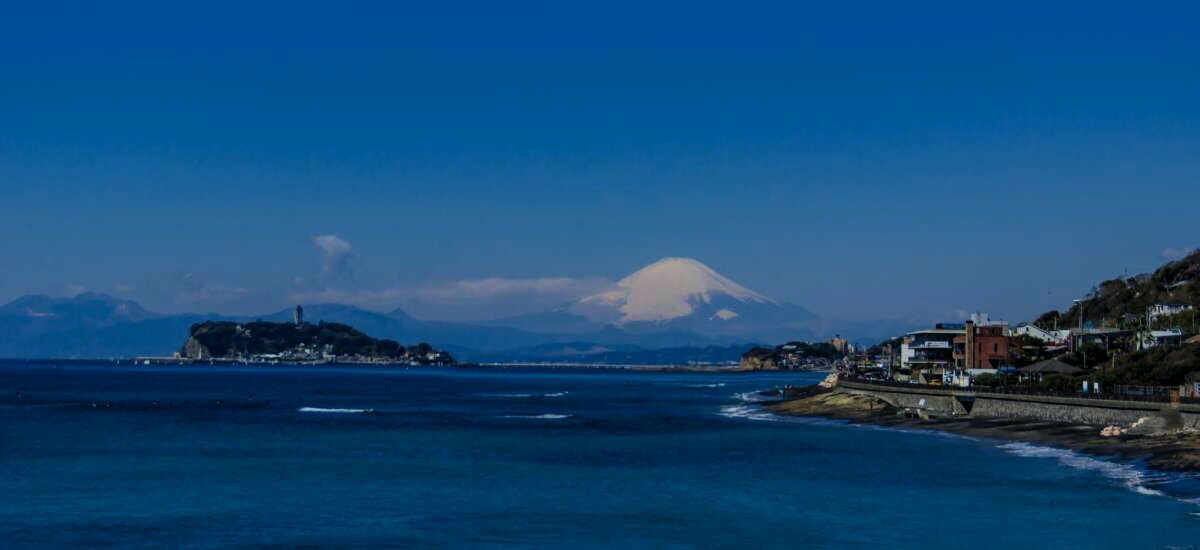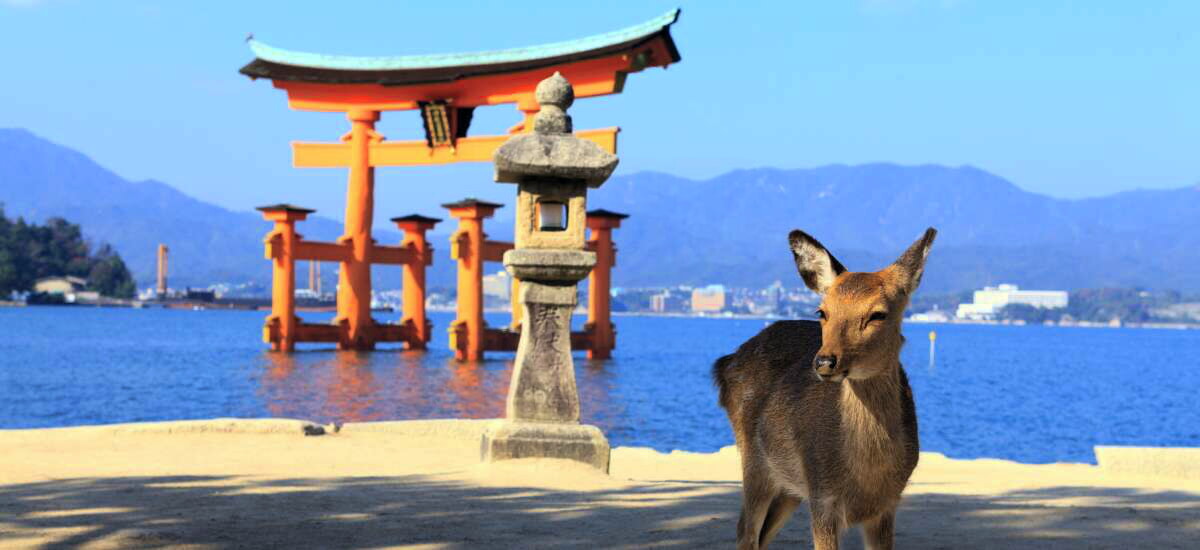

Search for excursions
Discover Hiroshima with Excurcity: Unforgettable Guided Tours
Welcome to Excurcity, your premier choice for small group guided tours in the historic and beautiful city of Hiroshima. Our expertly curated excursions offer an intimate and immersive experience, allowing you to explore the most iconic and culturally significant sites this remarkable city has to offer.
Top Attractions You’ll Visit with Excurcity
- Hiroshima Peace Memorial Park and Museum: Delve into the poignant history of Hiroshima at the Peace Memorial Park and Museum. This site is dedicated to the victims of the atomic bombing and serves as a powerful reminder of the importance of peace. Our knowledgeable guides will provide you with deep insights into the events of August 6, 1945, and the city's remarkable recovery.
- Atomic Bomb Dome: Also known as the Genbaku Dome, this UNESCO World Heritage Site stands as a haunting yet hopeful symbol of resilience. The preserved ruins of the building are a testament to the devastation of war and the enduring spirit of the people of Hiroshima.
- Miyajima Island: Just a short ferry ride from Hiroshima, Miyajima Island is home to the iconic Itsukushima Shrine, famous for its "floating" torii gate. Explore the island's lush forests, encounter friendly deer, and enjoy breathtaking views from Mount Misen. This serene island offers a perfect blend of natural beauty and cultural heritage.
- Hiroshima Castle: Step back in time as you visit Hiroshima Castle, also known as Carp Castle. Reconstructed after World War II, the castle now houses a museum that showcases Hiroshima's rich samurai history and offers panoramic views of the city from its top floor.
- Shukkeien Garden: Experience tranquility at Shukkeien Garden, a traditional Japanese garden that dates back to the Edo period. Stroll through its meticulously landscaped grounds, featuring picturesque ponds, bridges, and tea houses, and enjoy a moment of peace amidst the bustling city.
Join Excurcity for an unforgettable journey through Hiroshima's past and present. Our small group tours ensure a personalized and enriching experience, allowing you to connect deeply with the history, culture, and natural beauty of this extraordinary city. Book your tour today and let us guide you through the heart of Hiroshima.
Cities nearby
Our Advantages
Customer Support 24/7
Customer Support 24/7
Extensive Selection of Excursions
Explore and Book from Over 200,000 Global Excursions
Free Changes and Cancellations
No Cost Modifications Up to 24 Hours Before your Trip
FAQ:
How can I learn about the history of the atomic bombing in Hiroshima?
What activities can families with children enjoy in Hiroshima?
Is Hiroshima a good destination for outdoor activities?
What cultural experiences can I have in Hiroshima?
How can I travel around Hiroshima city?
Is there an opportunity to learn about Hiroshima's history before the atomic bomb?
Are food and cuisine experiences part of Hiroshima excursions?
Can children participate in excursions in Hiroshima?
What is the best way to get around Hiroshima during an excursion?
Are there seasonal events or festivals in Hiroshima that I can include in my excursion?
Adelaide Lawson
Anna Dunlap
Jasiah Baker
Kadence McCarthy
Samuel Archer
Jamari Becker
Gunner Day
Brylee Landry
Marco Simon
Alani Evans




